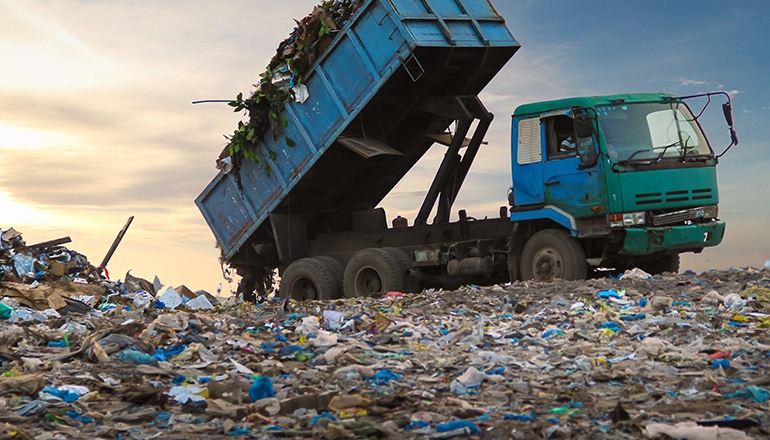EPA Approves New Mexico’s Plan to Regulate Emissions from Landfills
NMED submitted revisions for a state plan, as well as another set of revisions on behalf of the Albuquerque-Bernalillo County for landfills under the city-county jurisdiction.

The U.S. Environmental Protection Agency (EPA) recently approved revisions to New Mexico’s plan to regulate methane and other emissions from municipal solid waste (MSW) landfills.
The New Mexico Environment Department (NMED) submitted the revisions for the state plan to EPA, as well as another set of revisions on behalf of the city of Albuquerque-Bernalillo County for landfills under the city-county jurisdiction. EPA determined both sets of revisions were consistent with emissions guidelines under the federal Clean Air Act.
“Controlling and reducing emissions from landfills greatly improves air quality,” said Regional Administrator Ken McQueen in a statement. “NMED and Albuquerque-Bernalillo County have the right plan to accomplish our clean air goals.”
The emissions guidelines require the state to develop plans to reduce air emissions from all affected MSW landfills within its jurisdiction. EPA’s approval allows NMED and the city of Albuquerque-Bernalillo County to regulate methane and other non-methane organic gas emissions from existing MSW landfills. The approval meets a court-ordered deadline for EPA to act on state plan submittals for MSW landfills.
Landfill gas is produced when organic material in landfills decomposes. It is composed of about 50 percent methane, 50 percent carbon dioxide (CO2) and a small amount of non-methane organic compounds. Methane is a potent greenhouse gas 28 to 36 times more effective than CO2 at trapping heat in the atmosphere over a 100-year period. MSW landfills are the third largest source of human-related methane emissions in the United States, accounting for approximately 14.1 percent of these emissions in 2017.
About the Author(s)
You May Also Like


